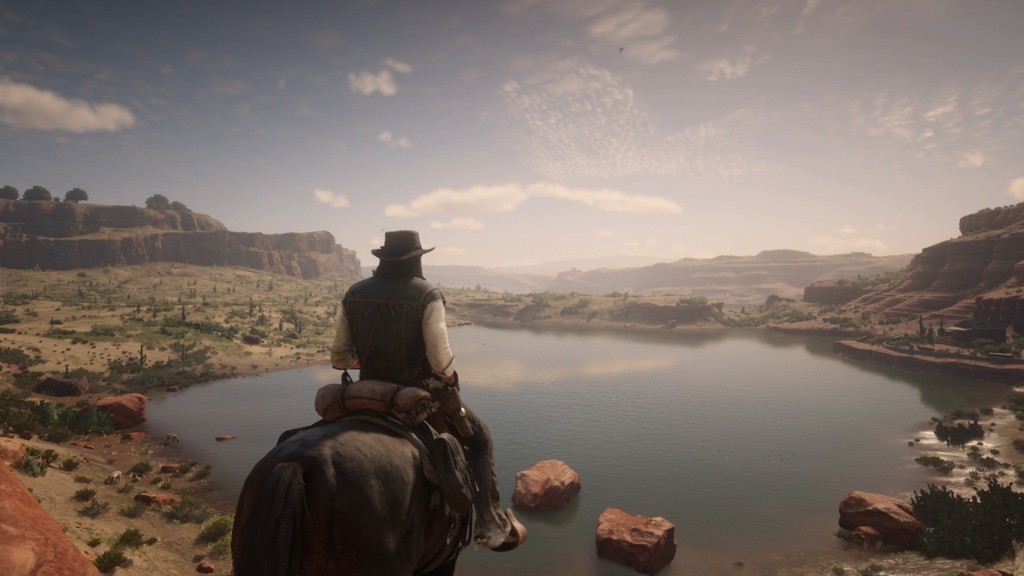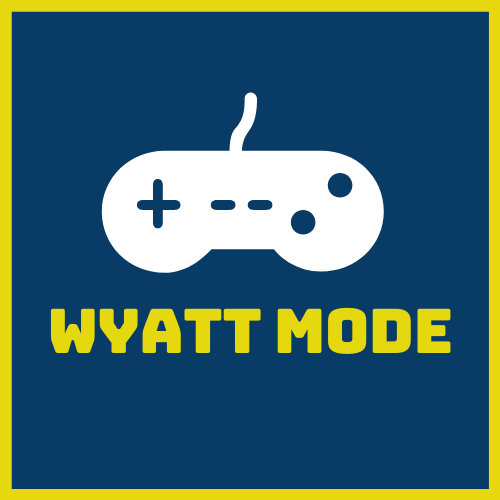After 15 years, it seems that game prices are finally set to rise once more.
As you’ve probably already heard, it’s been revealed that the PS5 and Xbox Series X versions of NBA 2K21 will carry an MSRP of $69.99 USD. That’s a full $10 higher than the $59.99 we’ve all been accustomed to for so long.
I’ll admit, the news caught me off guard. While I figured that this would happen sooner than later (inflation is still a thing), we’re just so close to the launch of the new consoles. It’s strange to think that this is the first we’re hearing of game pricing. I suppose we’ve all been so fixated on what the consoles themselves will be priced.
Although Take-Two has made the first move, we can apparently count on other publishers to follow suit. When speaking to GamesIndustry.biz, IDG Consulting President and CEO Yoshio Osaki indicated that other publishers are exploring moving prices up as well, noting that “flagship AAAs such as NBA 2K merit this pricing more than others.”
While I’m hesitant to call NBA 2K a flagship AAA title, and I’ll get to my reasoning for that shortly, I largely agree with this sentiment. On a personal note, I’m perfectly fine paying $69.99 for the latest AAA game. It’s not something I’m thrilled about doing, but I understand the reasoning. Games are expensive to produce. Osaki notes that next-gen console game production costs have increased by 200% to 300%.
We can attribute these skyrocketing costs to a variety of factors. As game consoles have grown more powerful, ambitious open world games have become standard. Games are bigger and more beautiful than ever. But all of that takes work. I’m no game developer, but if you’ve been playing games long enough, it’s painfully obvious to see how dev cycles have changed in the past decade.
Take Rockstar Games for example. During the PS3 and Xbox 360 era, Rockstar released GTA IV, GTA V, two major DLC expansions for GTA IV, Red Dead Redemption and Undead Nightmare, Max Payne 3, Table Tennis, and L.A. Noire. During the PS4 and Xbox One era, Rockstar released a port of GTA V and Red Dead Redemption 2.

If you’ve played Red Dead Redemption 2 to completion, it’s pretty clear what took so long. Games analyst Michael Pachter, when speaking to VentureBeat, suggested that the game’s budget could have been around $170 million. If you factor in marketing costs, I wouldn’t be surprised if the actual number was significantly higher.
But here’s the thing we haven’t talked about yet. The way we spend money on video games has shifted dramatically since 2005. Microtransactions, DLC, and GaaS have catapulted the industry to record numbers. Once again, as reported by GamesIndustry.biz, The NPD Group’s Q1 2020 Games Market Dynamics: US report informs us that consumers spent almost $10.9 billion on video games during Q1 2020. That’s a record quarterly high.
What’s most apparent to me is that we’re not looking at an apples-to-apples situation when comparing the modern video game. I deliberately brought up Red Dead Redemption 2 because it presents us with a relevant antithesis to NBA 2K21, considering Rockstar Games and 2K are Take-Two Interactive’s two major publishing labels.
For many years, the NBA 2K games have been infamously riddled with microtransactions. To be blunt, I don’t play these games. They’re just not really in my wheelhouse. But if you run a quick Google search, you’ll find articles from Polygon and Kotaku laying out how these games work in plain detail. Luke Plunkett, writing for Kotaku, describes how the entire experience of NBA 2K20, both single-player and multiplayer, essentially revolves around Virtual Currency, or VC as it’s commonly referred to. While you can earn VC through regular gameplay, it can also be purchased for real money.
And boy, do people spend money on NBA 2K. As reported by GameSpot, NBA 2K20 outperformed every other Take-Two release in microtransaction spending, including the juggernaut that is GTA Online.
On the other hand, Red Dead Redemption 2 presents us with a different model for microtransactions. While the game is monetized through Red Dead Online, the entire single player experience is virtually microtransaction-free. I spent more than 100 hours in Red Dead Redemption 2. Not once was I asked to spend money. Not until I finally booted up Red Dead Online.

The explicit value of $60 is subjective to the individual. From my point of view, Red Dead Redemption 2 was an absolute steal at that price. While I would prefer if the online mode wasn’t as monetized as it was, I doubt Rockstar would have invested as much money as it did in the core experience otherwise. The world of Red Dead Redemption 2 was essentially built for two games.
NBA 2K’s approach requires a purchase of $60 (soon to be $70) and then provides an experience that’s heavily built around microtransactions. You don’t need to spend the money. But as Owen S. Good wrote in his article via Polygon, there exists a social pressure to spend within the game.
This conversation isn’t new. It’s been ongoing ever since microtransactions pawed their way into AAA games. Who can forget what happened with Star Wars Battlefront II in 2017? Perhaps the most significant microtransaction controversy to this day, it caused such a stir that EA was forced to gut in-game spending entirely ahead of launch.
Whether microtransactions should exist within a $60 or $70 video game isn’t for me to decide. Personally, as I’ve highlighted already, I think they’re fine in some cases, and not go great in others. Like I said, value is subjective to the individual. I wouldn’t be surprised if there’s plenty of people who are perfectly happy with NBA 2K as it currently exists.
That said, I do find it particularly egregious that NBA 2K21 is the poster child for the $70 video game. Even if we all know that it’s just the tip of the iceberg, it doesn’t feel quite right. If anything, I feel that the prices of video games should be growing more flexible depending on the monetization model and overall scope.

One of the first games that convinced me game pricing should be more flexible was the 2016 release of Ratchet & Clank. Released at a budget price of $39.99, I bought the title without hesitation. I couldn’t believe how good it was. And I wasn’t the only one who thought so. It’s got an impressive 85 on Metacritic.
Star Wars: Squadrons, the upcoming starfighter-combat game, is another title that’s releasing at the $39.99 price point. At that price, as a Star Wars fan, that’s an easy purchase. The fact that it’s coming from EA speaks volumes. I’m not sure how the game will ultimately turn out, but I think it looks fantastic, and it’s exciting to see a big publisher experimenting with a lower price.
I’d be remiss if I didn’t mention the recently announced Spider-Man: Miles Morales for PS5. Touted by Insomniac as being similar to Uncharted: The Lost Legacy in terms of scope, it’s unclear how much the game will cost. As a launch year PS5 title, Sony could certainly get away with charging full price for the game, it would be admirable if they chose not to. Uncharted: The Lost Legacy, our point of comparison, launched at $39.99.

Another major change in the industry since 2005 is the rise of indie-developed video games. Games like Stardew Valley and Hollow Knight have redefined what value means for video games. At $15 and totally free of microtransactions, Stardew Valley is a game I’ve been happy to buy multiple times across PC, PS4, and Switch. If anything, indie games should be getting the price hikes.
Then there’s subscription services like Xbox Game Pass. If prices are set to rise across the board, subscription services suddenly appear far more attractive than they did in the first place, offering an inarguable value. If Halo Infinite is going to cost $70 to own, who wouldn’t just opt to play it via Game Pass?
As it stands, NBA 2K21 is the only game that’s currently slated to cost $69.99. I can’t say for certain whether other publishers will follow suit. My only hope is that the value of video games continues to be explored on an individual basis. With only a few months remaining until the PS5 and Xbox Series X launch, we won’t have to wait long for answers.
How do you feel prices increasing for the next console generation? Do you think prices should be more flexible? Let me know in the comments!
